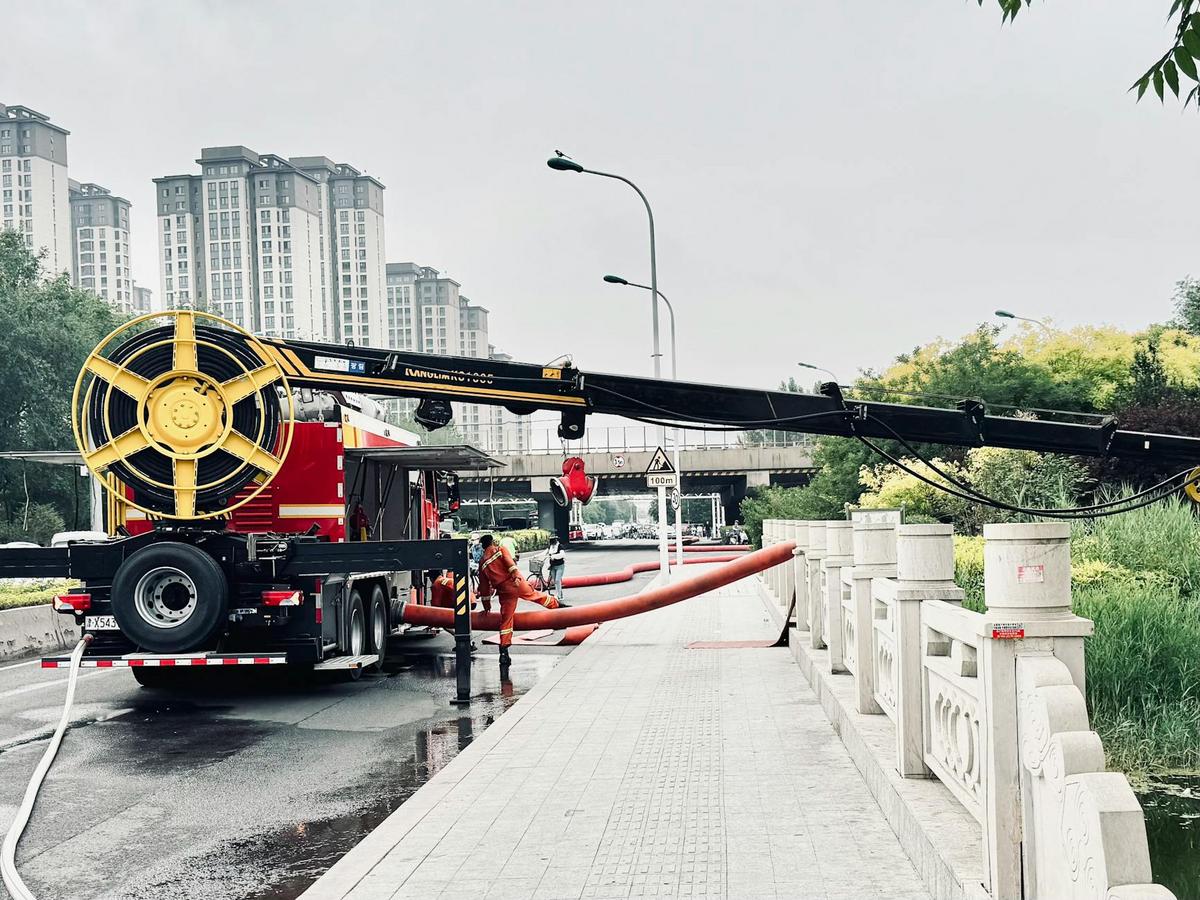
The Future of Farming: Embracing Automation and Robotics
As the demand for sustainable agriculture grows, the integration of automation and robotics in farming is transforming how we cultivate our food. This technological revolution promises to enhance efficiency, reduce environmental impact, and address labor shortages.
Revolutionizing Agriculture with Technology
Automation and robotics are reshaping the agricultural landscape by introducing precision and efficiency to farming practices. According to a report by the Food and Agriculture Organization, the global agricultural robotics market is expected to grow significantly over the next decade, driven by the need for increased food production and sustainable practices.
Expert Insights on the Future of Farming
Dr. Mark Smith, an agricultural technology specialist, notes that ‘automation in farming is not just about replacing human labor; it’s about enhancing the capabilities of farmers to manage their resources more effectively.’ This perspective highlights the collaborative potential of humans and machines in agriculture.
Statistics Highlighting the Shift
A recent study from the World Economic Forum indicates that automation in agriculture could increase crop yields by up to 20% while reducing the use of water and fertilizers by 30%. Such advancements are crucial in addressing global food security challenges.
Real-World Applications
Consider the example of a small farm in the Midwest that implemented automated irrigation systems. The farm reported a 15% reduction in water usage, showcasing the practical benefits of integrating technology into traditional farming practices.
Actionable Steps for Farmers
- Start small: Implement one automated system, such as irrigation or pest control, and scale as needed.
- Seek expert advice: Collaborate with agricultural technologists to tailor solutions to your farm’s specific needs.
- Continuously monitor: Use data analytics to assess the effectiveness of automation tools and make informed adjustments.
Resources for Further Exploration
For those interested in diving deeper into the world of agricultural technology, websites like agriculture.com and agfundernews.com offer valuable insights and updates on the latest trends.
| Automation Type | Benefits |
|---|---|
| Automated Irrigation | Reduces water usage |
| Robotic Harvesting | Increases efficiency |
| Drone Monitoring | Improves crop health analysis |
| Precision Planting | Maximizes yield |
| Automated Weeding | Decreases herbicide use |
| Smart Sensors | Enhances soil management |
| AI Data Analysis | Optimizes resource allocation |
| Livestock Monitoring | Improves animal welfare |
Consider attending agricultural technology expos or webinars to stay updated on the latest innovations and network with industry experts.
Frequently Asked Questions
How can automation help in sustainable farming?
Automation can optimize resource use, reduce waste, and increase crop yields, contributing to more sustainable farming practices.
Are there any drawbacks to using robotics in farming?
While initial costs can be high, the long-term benefits often outweigh the expenses. It’s crucial to evaluate the specific needs of your farm before investing.
Conclusion: Embracing the Future
The future of farming lies in the seamless integration of automation and robotics, offering a path toward sustainable and efficient agriculture. By embracing these technologies, farmers can ensure food security and environmental stewardship for future generations.
We encourage you to explore these technologies and consider how they can benefit your agricultural practices. The journey towards a sustainable future in farming is just beginning, and with the right tools, it’s a path that offers great promise.


